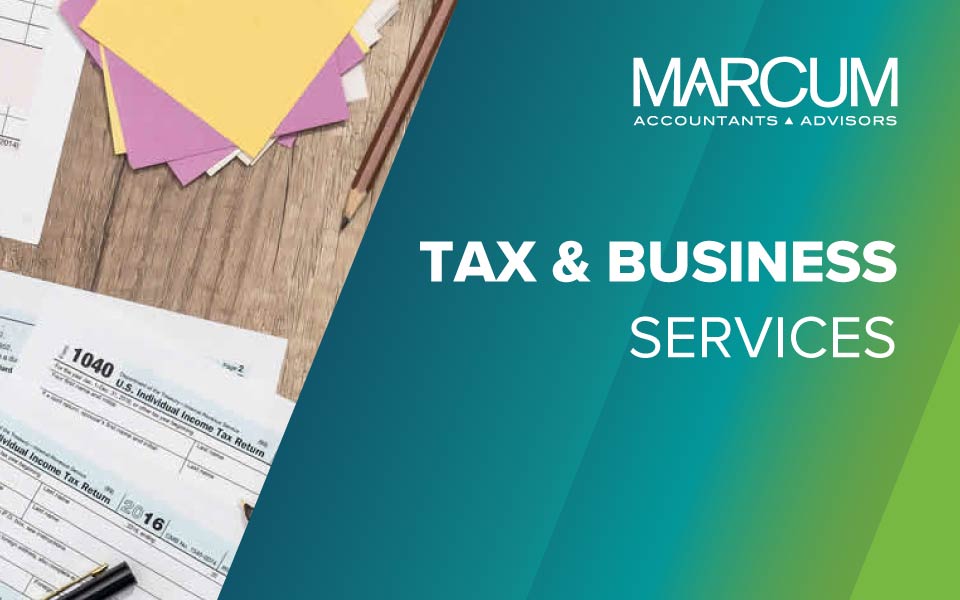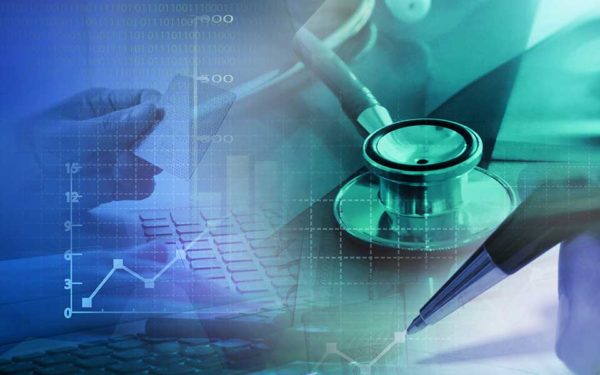Research and Development Credit – R&D Expense IRS Directive
By Patrick Rogers, Manager, Tax & Business & Evan Gallagher, Supervisor, Tax & Business
Effective September 11, 2017, the Internal Revenue Service (IRS) introduced a Research and Development (R&D) Credit Directive for taxpayers that report R&D costs on GAAP audited financial statements, pursuant to ASC730 reporting standards. The directive allows a “safe harbor” expense treatment pursuant to ASC 730 guidelines, which the IRS accepts as qualified R&D expenses in claiming the R&D tax credit with modifications.
To qualify for the safe harbor, a large business and international (LB&I) taxpayer (assets equal to or greater than $10 million) must report as a line item or as a footnote disclosure in its certified audited financial statements the amount of R&D expense pursuant to ASC 730. It is important to note that the directive does not limit the taxpayer’s ability to claim and support R&D expenses outside the safe harbor amount, but requires the taxpayer to reconcile financial statement ASC 730 R&D costs to tax Qualified Research Expenses (QREs) reported on Form 6765.
Taxpayers seeking to use the safe harbor will have to establish the needed organizational reporting levels and structure of employees whose costs are expensed as ASC 730 financial statement R&D, as well as identify the appropriate financial information to complete the required Appendices. Companies that currently do not disclose ASC 730 financial statement R&D in their financial statements but want to participate in the safe harbor going forward will have to identify, compute, and report those amounts so they can be presented in future audited financial statements. The directive only applies to original tax returns that are timely filed (including extensions) on or after September 11, 2017.
Qualified R&D Safe Harbor Expenses – Safe harbor ASC 730 costs are specifically defined as expenses mapped to R&D cost centers or departments as follows:
Wages
Qualified Individual (Direct) Contributors and 1st Level Supervisor Managers
- Limited to 95% of taxable wages.
Upper Level Managers (In Direct Technical)
- Limited to 10% of taxable wages.
- Upper level managers are those who directly supervise any employees other than qualified individual contributors and whose wages are charged to ASC 730 cost centers.
- Taxpayers can forgo the 10% safe harbor and determine QREs by other means and procedures, but none of the upper level QREs would be eligible for the 10% safe harbor.
Supplies
- R&D supply accounts and amounts expensed pursuant to ASC 730 for supplies that are consumed in the United States as part of the research process also are eligible for safe harbor inclusion as QREs.
Contract Research
- Contract research expenses are not eligible for safe harbor inclusion.
The directive requires reduction of the expensed ASC 730 financial statement R&D amount by:
- Amounts specifically excluded from Section 174.
- Certain general ledger accounts (i.e., depreciation, shipping, rent, overhead, general and administrative).
- Costs for R&D performed outside of the U.S.
- Contract research performed by, and on behalf of, the taxpayer.
- All amounts related to foreign entities.
- Prototype overhead amounts.
- Patent costs.
- Severance pay.
- Stock-based compensation not already subtracted.
Taxpayers must identify these excluded amounts when preparing the safe harbor certification documentation process, to ensure their QRE calculations and documentation are accurate.
Ineligible ASC730 activities and industries have been generally defined as:
- R&D under third-party contracts/agreements (contract manufacturing);
- Extraction industries;
- Acquisition, development, or improvement of process improvement activity related to selling or administrative activities;
- Routine or periodic improvements of existing products and processes including manufacturing;
- Market research or testing; and
- R&D acquired in business combination.
How to Apply
According to the directive, taxpayers should attach completed Appendices- A-D, summarized as follows:
- Appendix A is the required IRS Safe Harbor QRE Certification Statement.
- Appendix B is the reconciliation of Form 6765 QREs to Adjusted ASC 730 Financial Statement R&D.
- Appendix C is the computation of Adjusted ASC 730 Financial Statement R&D.
- Appendix D is the wage detail for the taxpayer’s Adjusted ASC 730 Financial Statement R&D.
If these documents are not voluntarily attached to a taxpayer’s return, the IRS audit team at the beginning of its examination of the taxpayer’s research credit will verify whether the taxpayer has followed or plans to follow the directive.
Taxpayers also will be required to retain and make available to the audit team upon request the underlying documentation that supports the amounts claimed on Appendices C and D. The directive includes a non-exhaustive list of such documentation.



















